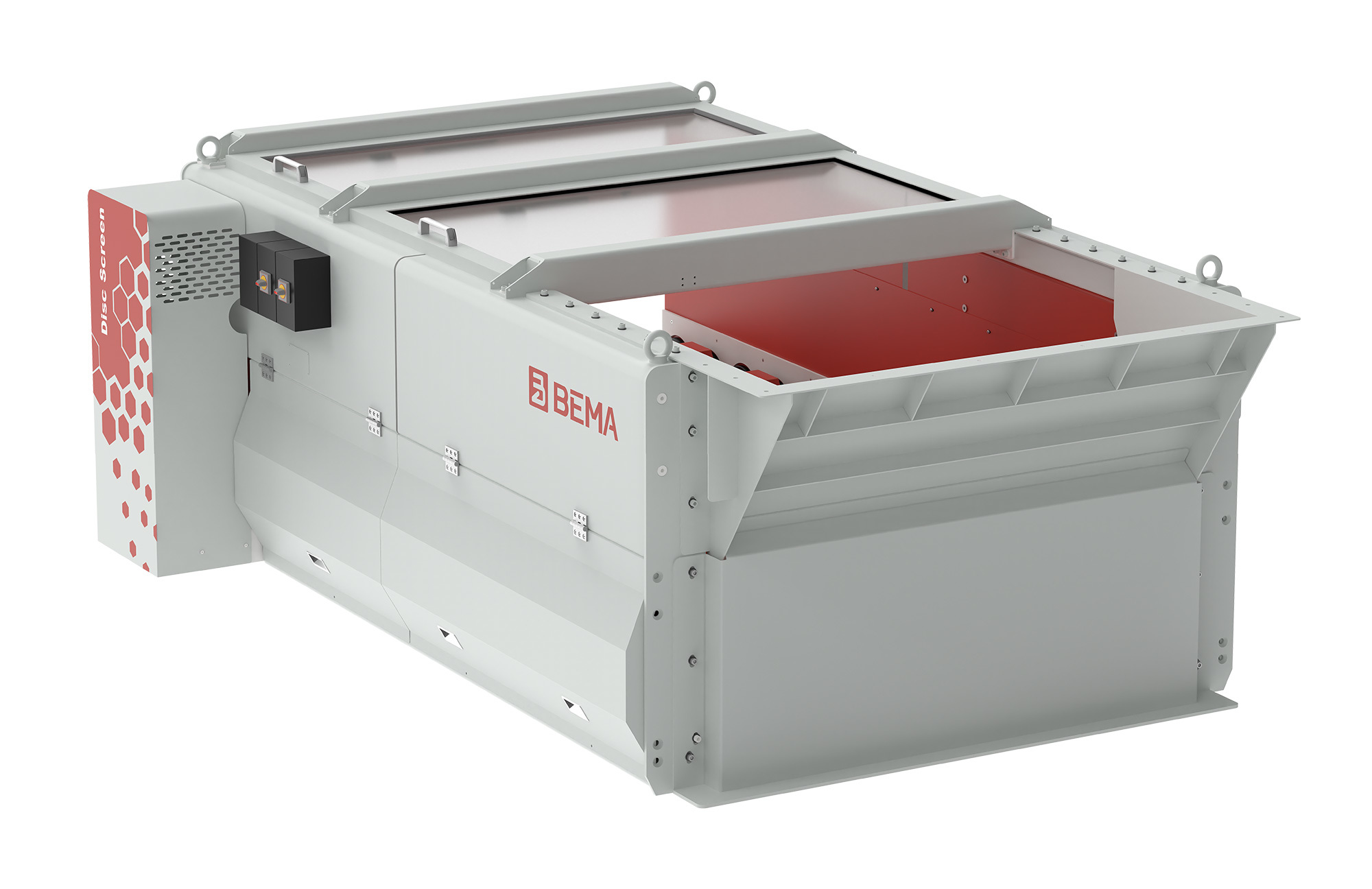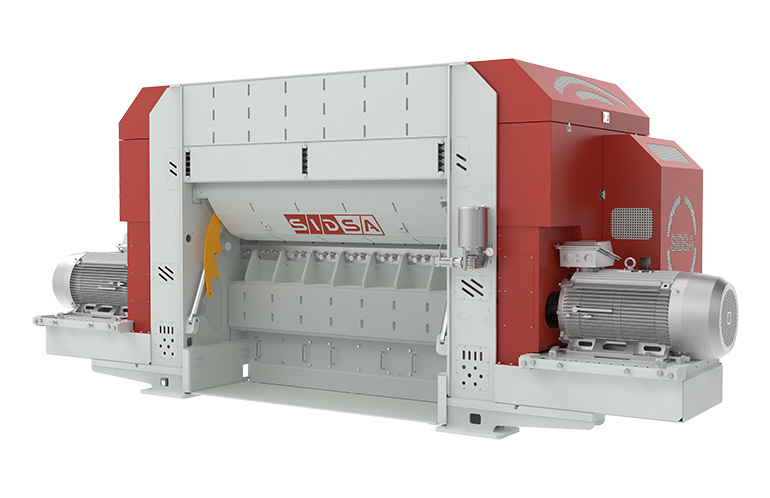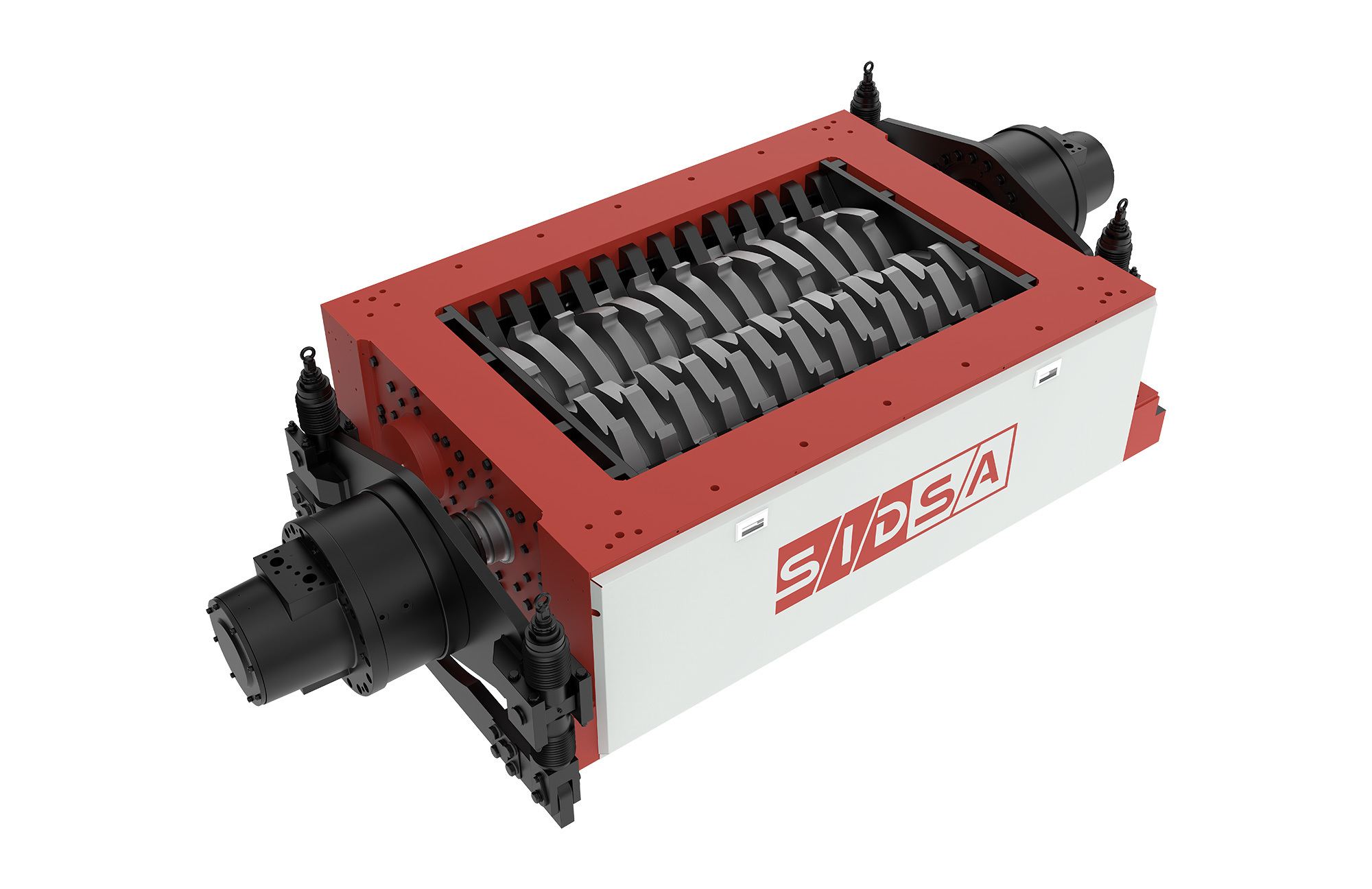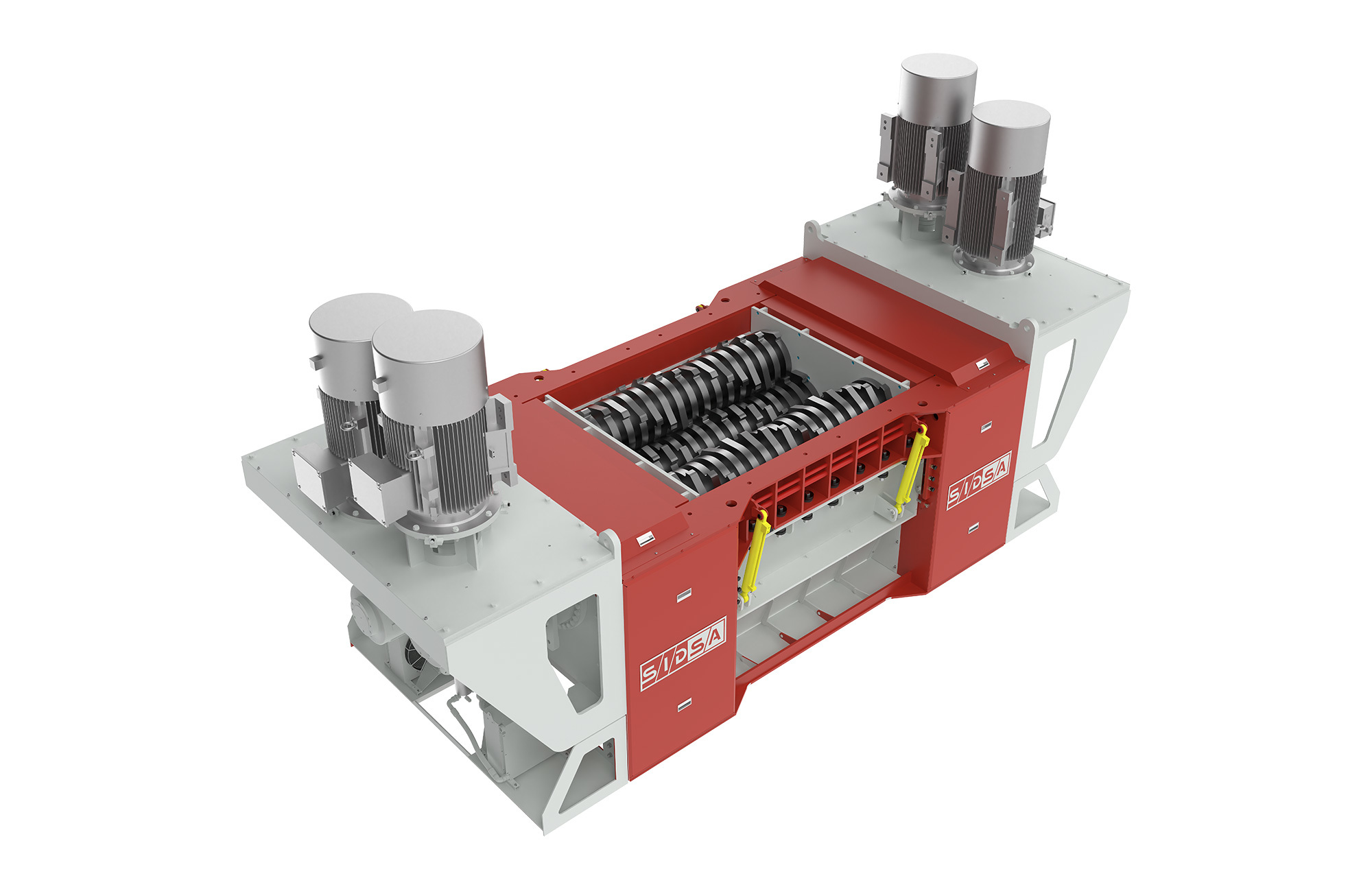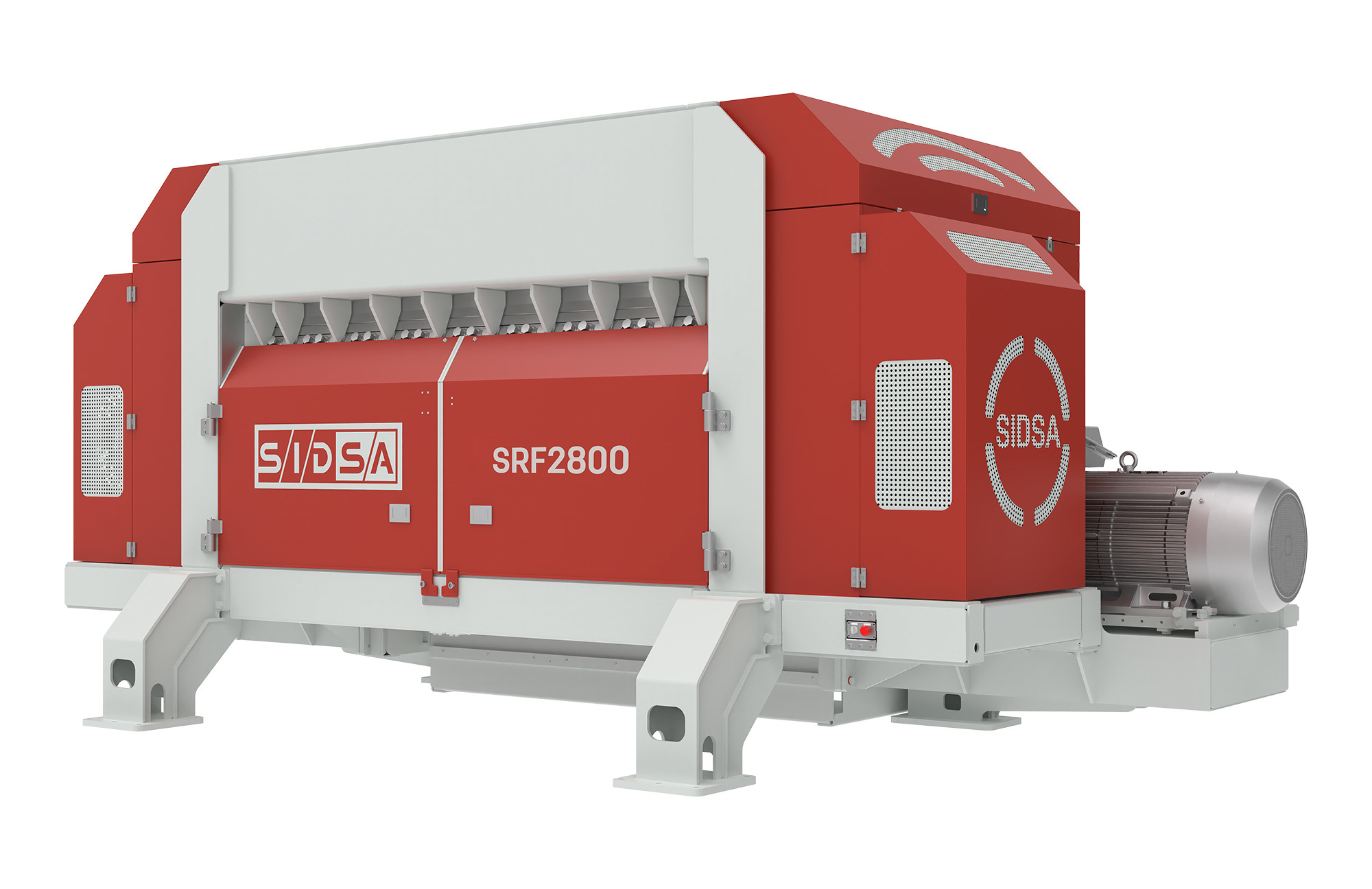Optimizing Hazardous Waste Management with 2-Shaft Shredders
Release Time:
Apr 25,2025
In the realm of hazardous waste disposal, the choice of equipment plays a vital role in ensuring safety and efficiency. The 2-shaft shredder is a key player in this field, designed specifically for the effective processing of various hazardous materials. Understanding the operational principles and advantages of these machines can significantly enhance waste management strategies.
A 2-shaft shredder operates through a dual-shaft mechanism, where two parallel shafts rotate in opposite directions. This design allows for the shredding of tough materials into smaller, manageable pieces. The process not only reduces the volume of hazardous waste but also prepares it for further treatment or disposal. The ability to handle a wide range of materials—including plastics, electronic waste, and chemical containers—makes these shredders indispensable in industries dealing with hazardous substances.
One of the main benefits of using a 2-shaft shredder for hazardous waste disposal is its durability and reliability. Constructed with robust materials, these machines are built to withstand the challenges presented by hazardous waste. They deliver consistent performance, ensuring that waste is processed efficiently and safely. Moreover, the precise control of the shredding process minimizes the risk of releasing harmful substances into the environment, thereby promoting compliance with regulatory standards.
Another significant advantage is the customization options available for 2-shaft shredders. Depending on the specific requirements of the waste material being processed, the shredders can be equipped with various blade configurations and sizes. This flexibility allows businesses to optimize their waste disposal processes based on the types of materials they handle most frequently.
In addition to their shredding capabilities, 2-shaft shredders contribute to reducing transportation costs. By minimizing the volume of hazardous waste through shredding, businesses can transport larger quantities in fewer trips, thus lowering overall logistical expenses. This not only streamlines operations but also contributes to a more environmentally friendly approach to waste management.
Furthermore, the integration of advanced technology in modern 2-shaft shredders enhances their operational efficiency. Features such as automatic feed systems and intelligent control mechanisms enable more precise handling of materials, reducing the potential for operational errors and increasing productivity.
In conclusion, 2-shaft shredders are essential tools for effective hazardous waste disposal. Their ability to handle diverse materials safely and efficiently, coupled with their durability and customization options, make them a valuable asset for industries focused on responsible waste management. By investing in this technology, businesses can not only comply with environmental regulations but also enhance their operational efficiency and sustainability practices.
A 2-shaft shredder operates through a dual-shaft mechanism, where two parallel shafts rotate in opposite directions. This design allows for the shredding of tough materials into smaller, manageable pieces. The process not only reduces the volume of hazardous waste but also prepares it for further treatment or disposal. The ability to handle a wide range of materials—including plastics, electronic waste, and chemical containers—makes these shredders indispensable in industries dealing with hazardous substances.
One of the main benefits of using a 2-shaft shredder for hazardous waste disposal is its durability and reliability. Constructed with robust materials, these machines are built to withstand the challenges presented by hazardous waste. They deliver consistent performance, ensuring that waste is processed efficiently and safely. Moreover, the precise control of the shredding process minimizes the risk of releasing harmful substances into the environment, thereby promoting compliance with regulatory standards.
Another significant advantage is the customization options available for 2-shaft shredders. Depending on the specific requirements of the waste material being processed, the shredders can be equipped with various blade configurations and sizes. This flexibility allows businesses to optimize their waste disposal processes based on the types of materials they handle most frequently.
In addition to their shredding capabilities, 2-shaft shredders contribute to reducing transportation costs. By minimizing the volume of hazardous waste through shredding, businesses can transport larger quantities in fewer trips, thus lowering overall logistical expenses. This not only streamlines operations but also contributes to a more environmentally friendly approach to waste management.
Furthermore, the integration of advanced technology in modern 2-shaft shredders enhances their operational efficiency. Features such as automatic feed systems and intelligent control mechanisms enable more precise handling of materials, reducing the potential for operational errors and increasing productivity.
In conclusion, 2-shaft shredders are essential tools for effective hazardous waste disposal. Their ability to handle diverse materials safely and efficiently, coupled with their durability and customization options, make them a valuable asset for industries focused on responsible waste management. By investing in this technology, businesses can not only comply with environmental regulations but also enhance their operational efficiency and sustainability practices.
What Else Might You Learn?
SIDSA focuses on technological research and innovation in the field of waste pretreatment
Product
SIDSA focuses on technological research and innovation in the field of waste pretreatment






